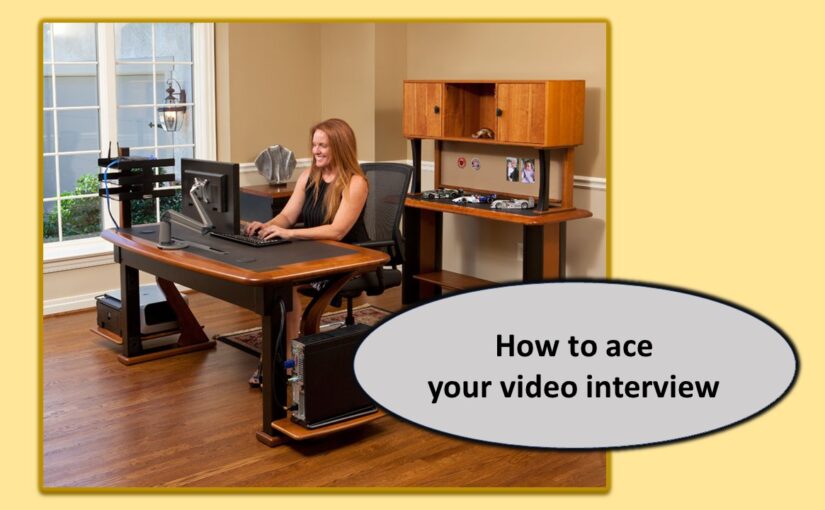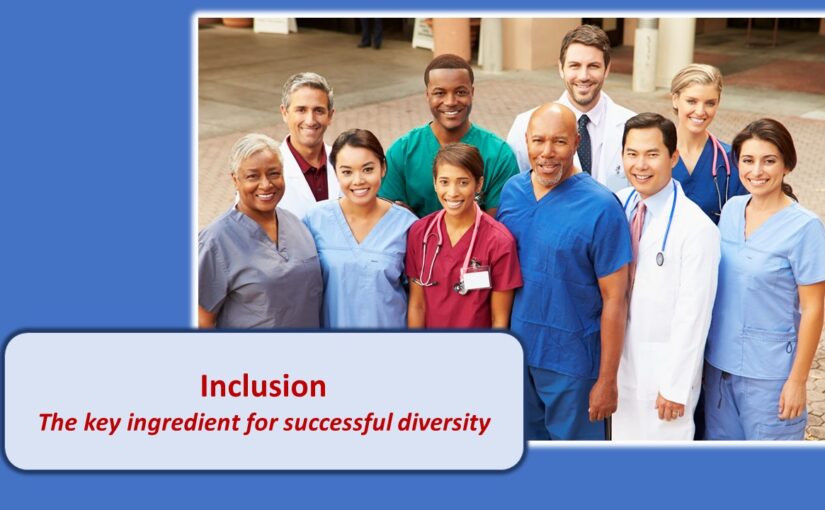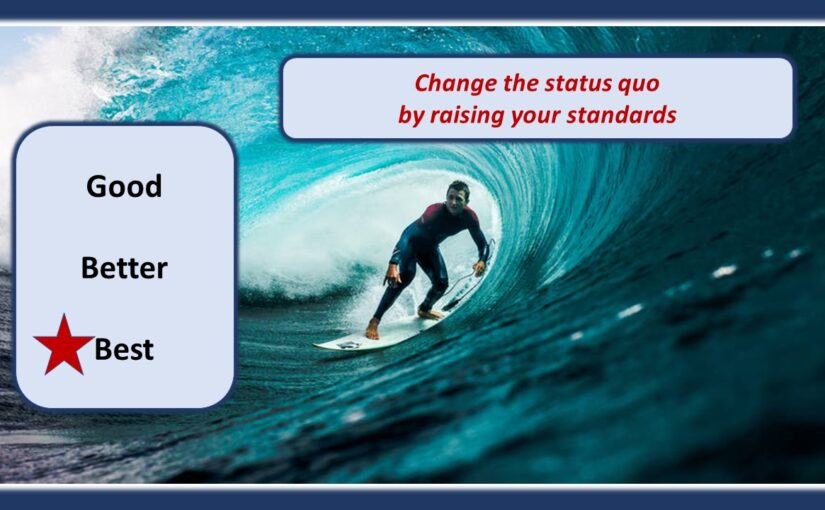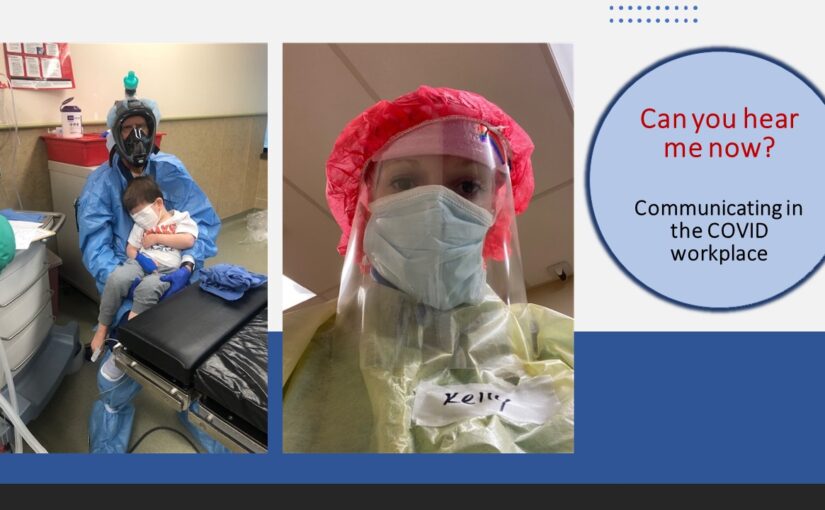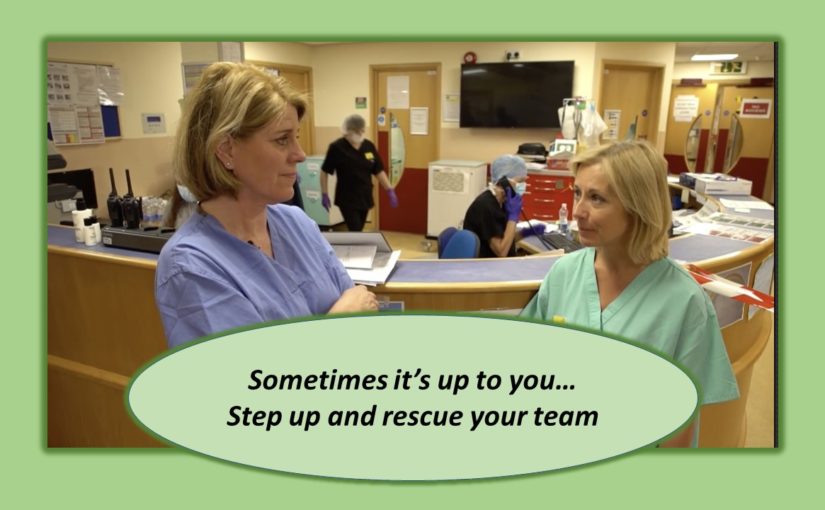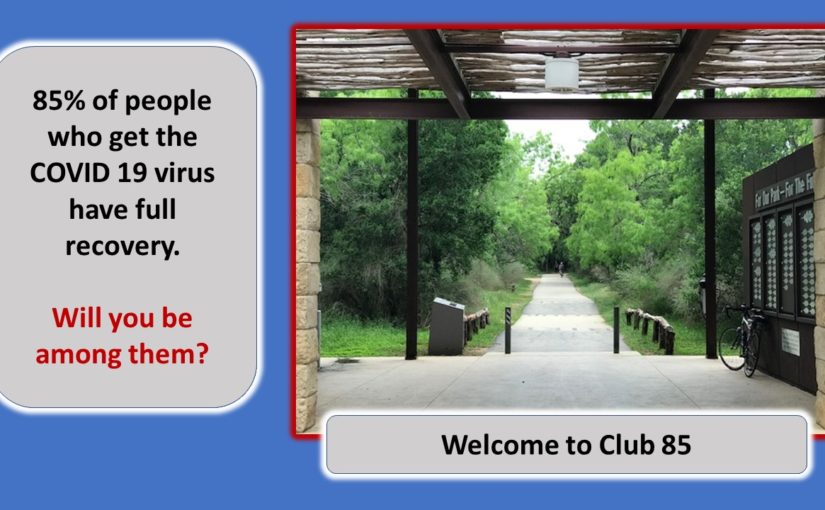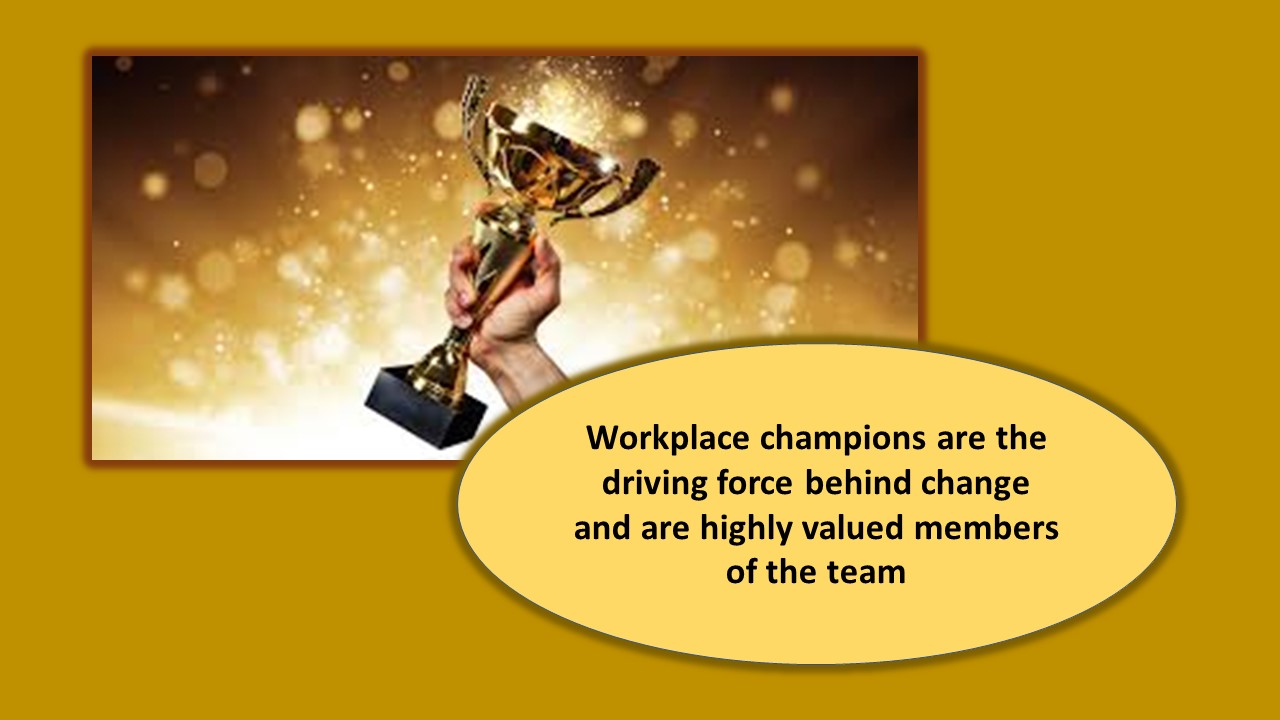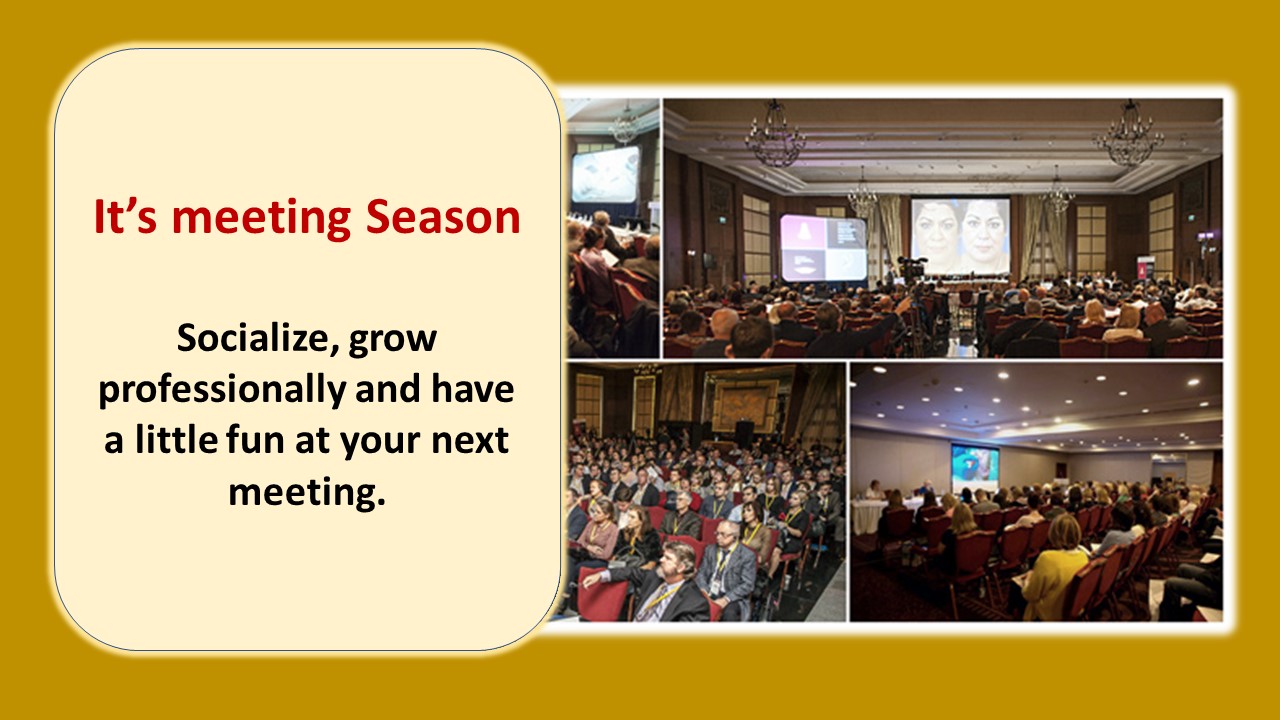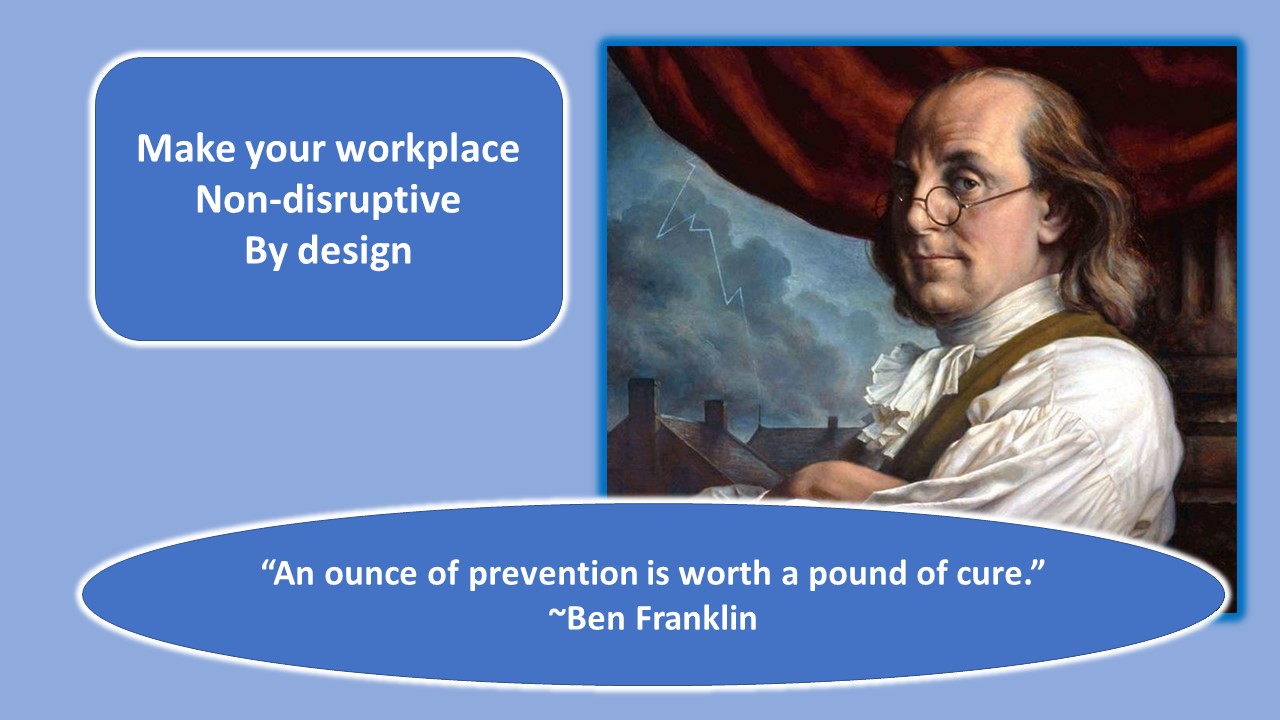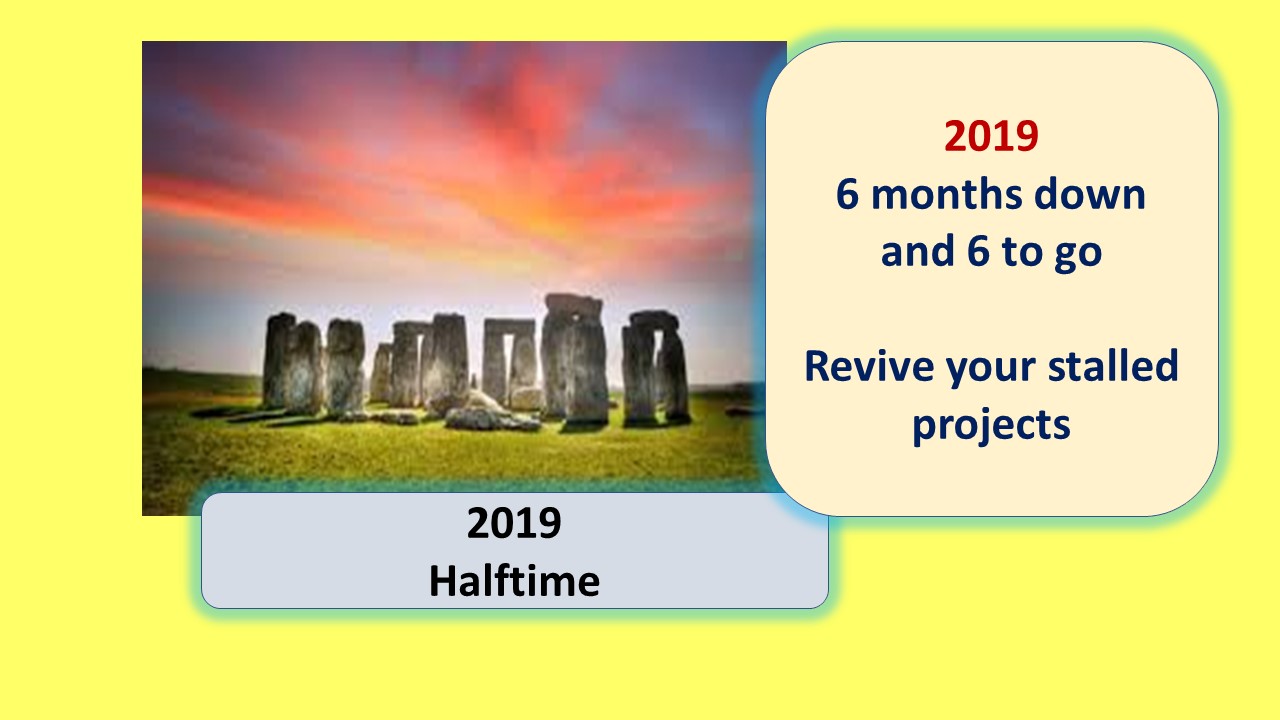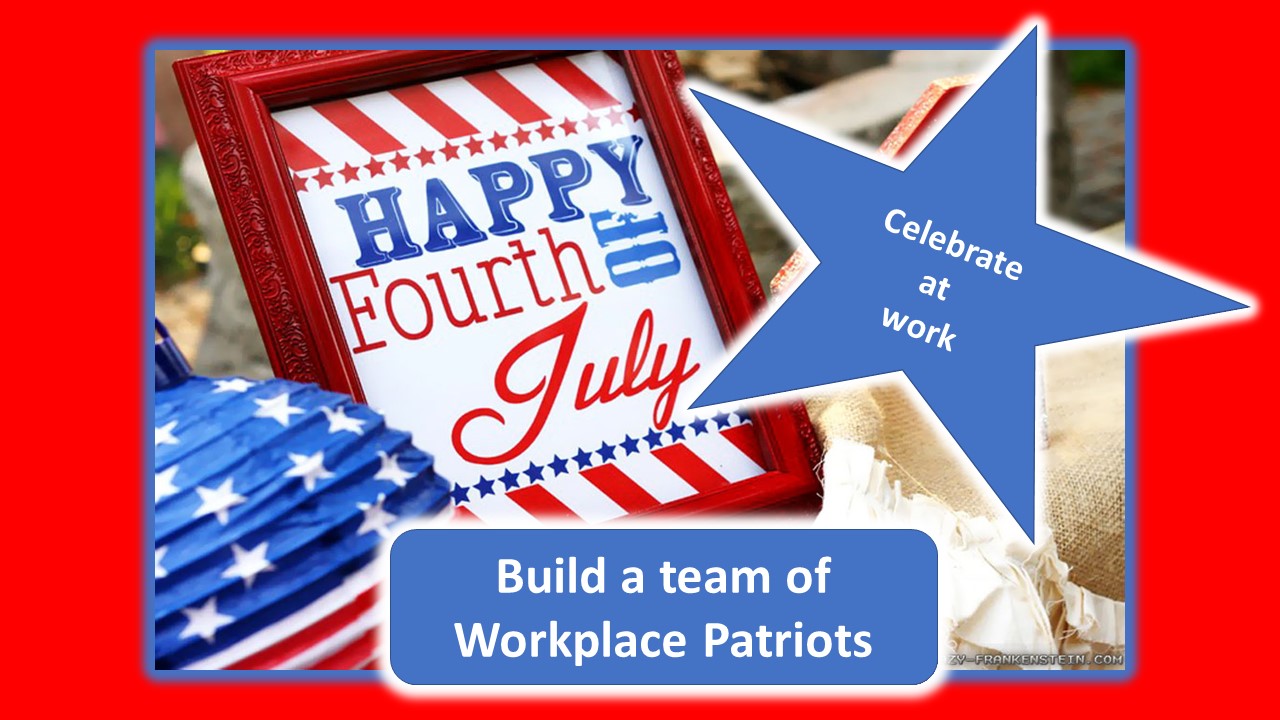By Thomas Davis, DNAP, MAE, CRNA
Follow @procrnatom on twitter
Social changes put into motion by the COVID 19 virus have mandated that we find innovative ways to conduct both personal and professional business, including how continuing education is delivered. As a result of travel restrictions and limits on the number of people allowed to congregate in one place, providers have either cancelled or moved meetings to an online format. Although traditional meetings have been put on hold, the requirement for continuing education has not, and those in need of recertification must obtain the required education credits. Responding to the ongoing need for continuing education, many CEU providers have quickly shifted to an online format with the intent of providing a high-quality learning experiences equal to that presented at live meetings.
A personal conversation with Nancy LaBrie, owner and director of Encore Symposiums revealed a deep commitment to continue service those who have been loyal to her organization for over 20 years. To ensure the ongoing flow of continuing education, Nancy has temporarily moved to an online Zoom format with live presentations with her faculty covering the identical content provided at in-person meetings. In addition, she hired a technology expert to moderate the meetings and eliminate technical glitches. Nancy is not alone in her dedication to provide continuing education in the face of COVID restrictions as evidenced by State and National organizations that have converted to an online format.
The recent AANA annual congress scheduled to be held in San Diego was converted to an online meeting. On the downside, social networking and renewal of acquaintances was absent, however, the video format enabled every CRNA in the nation to participate if they so desired. The annual business meeting that previously was restricted to those in attendance at the meeting was offered online to the entire membership of the organization. Those who chose to participate were able to vote on critical issues and to receive valuable continuing education credit for the online learning sessions.
Likewise, many state meetings have converted to an online format until in-person meeting restrictions have been lifted. Hawaii and Maryland are but two of the many states that have made the switch.
“Tell me and I forget. Teach
me and I remember. Involve me and I learn.”
—
Benjamin Franklin
Missing out on a well-deserved vacation meeting does not mean that you must settle for second best when obtaining continuing education credit. Regardless of the effort that the sponsor makes to ensure a top-notch educational offering, participants must actively engage in the process if they are to receive the full benefit of the program. With a little preparation, you can enhance your knowledge and obtain continuing education credit from the comfort of your home office without sacrificing the quality of the experience. Here are some tips.
Know the technology. My recent article, Ace your video interview, stressed the importance of becoming familiar with the video conference platform ahead of time and the same is true when attending a video meeting online. When you register for an online meeting, the sponsor will send login information which will identify the platform that is being used. Well in advance of the meeting, take the initiative to google “how to” information about the selected format. If an account is required, sign up and obtain a password several days before the meeting. Waiting until meeting time to login to a new platform places you at risk to miss the first part of the session.
Make your own meeting room. When attending an in-person meeting, you dress for the occasion and expect the facility to be comfortable and inviting. You expect to see the screen, hear the speaker, and have space to jot down important points. Attending a meeting via a personal computer does not change those requirements. Prepare your space by removing clutter including things that will distract you during the online presentation. If you will be visible to others, position a desk lamp so that it illuminates your face and position your camera at eye level. Use the selected video conference platform to do a dry run with a friend and make sure to test your camera and microphone. If your computer has a built-in camera at the base of the screen, consider buying a small camera to plug into a USB port and position it at eye level.
Do your homework prior to the meeting. Know as much (or more) about the speakers and content for the video meeting as you would for a live meeting. Obtain the agenda, objectives and speaker biographies then use the time saved by not traveling to search online and prepare yourself for the meeting. Know each speaker’s background as well as best practice guidelines related to the scheduled topic. Prepare a list of questions that you would like to have answered and either submit them prior to the talk or post them to the speaker if there is an opportunity for audience participation.
Be mindful of social graces. You would not show up late, chomp on a wad of gum or slurp coffee if you were at a live meeting so hold yourself to the same standards when meeting online. Mute your microphone when not speaking; I have personal memories of the sounds of toilets flushing, dogs barking, babies crying, and chips being munched during online meetings. Focus on the speaker and the topic being presented. Do not do anything in the privacy of your home office that you would not do if you were sitting in a room filled with your professional colleagues.
Follow-up after the meeting. Ensure that you receive credit for attending the meeting by completing meeting evaluation forms and submitting any documentation required by the meeting sponsor. Obtain contact information for speakers and follow the session with a personal email with feedback and questions that you have about the topic. Quick and thoughtful feedback opens the door to a dialogue with the speaker and could potentially expand your network of contacts. Finally, visit the Meeting review page on procrna.com and complete an online review of the meeting.
Like awaiting the return of flowers in the spring after a harsh winter, participants eagerly anticipate the return of live meetings at fabulous getaway vacation resorts; however, until restrictions are lifted, virtual education is a reality that need not compromise quality. Although not as fun or relaxing as a trip to a sunny beach, education via computer-based learning provides the safety of your home, eliminates public travel, and saves both time and money. Virtual meetings are today’s reality so prepare and ensure that the quality of continuing education remains high in our COVID restricted environment. Stay home and stay well.
Tom is an experienced leader, author, and requested speaker. Click here for a video introduction to Tom’s talk topics.

